Glasgow Cathedral is one of Scotland's most important historical buildings. Built in the 12th century, the cathedral is one of the finest examples of Gothic architecture. As Scotland's largest cathedral, Glasgow Cathedral serves as the center of the Scottish Church.
Inside the cathedral, some of Scotland's largest and best-preserved medieval stained glass windows can be found. In addition, many historical artifacts and sculptures are also on display inside the cathedral.
Glasgow Cathedral is an important part of Scotland's historical and cultural heritage. Visitors can take a journey through Scotland's past by wandering through the cathedral's historic atmosphere. The cathedral is visited by thousands of tourists every year.
Glasgow Cathedral plays an important role in preserving Scotland's historical and cultural heritage. The cathedral holds many stories about Scotland's past, and these stories must be preserved to be passed down to future generations.
What are the historical features of Glasgow Cathedral?
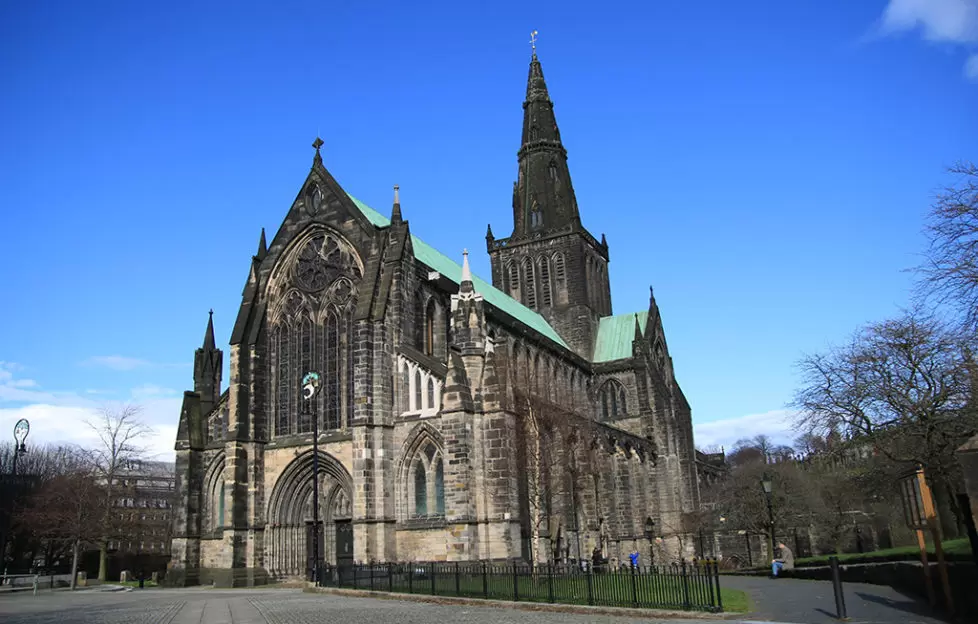
Glasgow Cathedral is one of Scotland's most important historical buildings. Built in the 12th century, the cathedral is Scotland's oldest and largest cathedral. The cathedral is considered one of Scotland's most important religious centers and is the main cathedral of the Church of Scotland.
Glasgow Cathedral is one of the most beautiful examples of Gothic architecture. One of the cathedral's most striking features is its high vaulted ceilings. Inside the cathedral, one of Scotland's largest stained glass windows can be found. These windows are decorated with pictures telling stories from the Bible.
The history of the cathedral dates back to the 12th century. Saint Mungo, one of Scotland's most important religious leaders, built a church here. The church was expanded over time and was converted into a cathedral in the 13th century. The cathedral has witnessed many important events throughout Scotland's history. During Scotland's wars of independence, the cathedral became a center of resistance against English occupation.
Glasgow Cathedral is one of Scotland's most important tourist attractions. The cathedral is visited by thousands of tourists every year. The history and architecture of the cathedral attract visitors. Inside the cathedral, many exhibitions and events about Scotland's history and culture are held.
In conclusion, Glasgow Cathedral is one of Scotland's most important historical buildings. The history and architecture of the cathedral are an important part of Scotland's cultural heritage. The cathedral provides a lot of information about Scotland's history and culture and is an important tourist destination.
Learn about the Architectural Design of Glasgow Cathedral
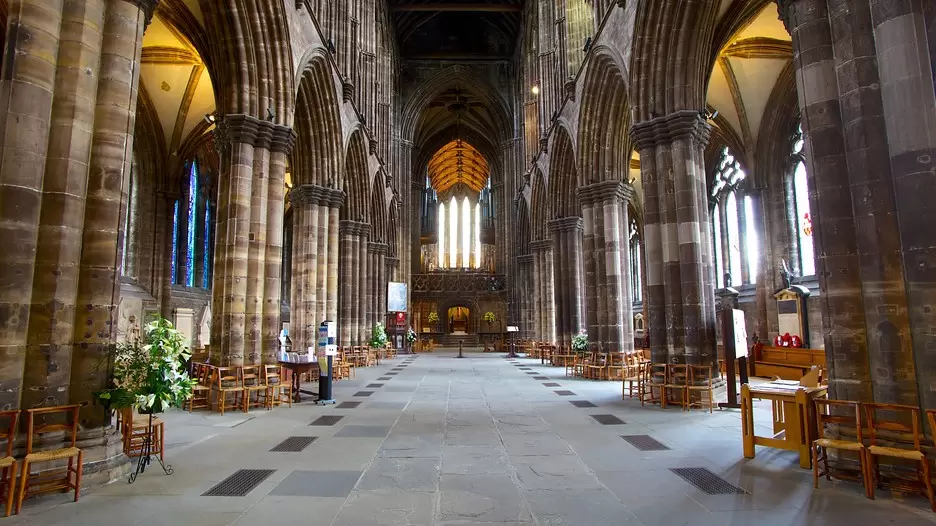
Glasgow Cathedral is one of Scotland's most important historical buildings. Built in the 12th century, this cathedral is one of the finest examples of Gothic architecture. The cathedral is one of Scotland's largest and best-preserved medieval buildings.
The architectural design of the cathedral is one of the best examples of Scotland's medieval architecture. The stones used in the construction of the cathedral were brought from Scotland's best quarries.
Inside the cathedral, one of Scotland's largest stained glass windows can be found. These windows depict scenes from the life of Jesus. Inside the cathedral, there is also one of Scotland's largest organs, which was built in 1873 and is still in use.
Outside the cathedral, one of Scotland's largest and best-preserved medieval cemeteries can be found. This cemetery houses the graves of Scotland's historical figures. Outside the cathedral, there is also one of Scotland's largest and best-preserved medieval cemeteries.
Therefore, Glasgow Cathedral is one of Scotland's most important tourist attractions, with historical figures' graves and one of the largest stained glass windows inside and outside the cathedral, making it a must-visit destination.
What is the historical and cultural significance of Glasgow Cathedral?
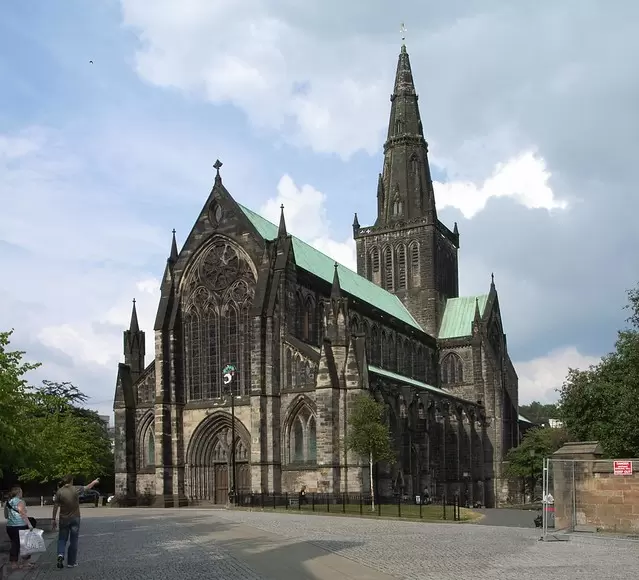
Glasgow Cathedral is one of Scotland's most important historical buildings. Built in the 12th century, the cathedral is Scotland's oldest and largest cathedral. The cathedral has played an important role in Scotland's Christian history and is one of Scotland's most important religious centers.
Glasgow Cathedral is one of Scotland's most important Gothic structures. Construction of the cathedral began in 1136 and was completed in the 13th century. The stones used in the construction of the cathedral were brought from Scotland's best quarries. Inside the cathedral is Scotland's largest Gothic vaulted ceiling.
Glasgow Cathedral has played an important role in Scotland's Christian history. The cathedral is one of Scotland's most important religious centers and some of Scotland's most famous priests and clergy have served here. The cathedral also played an important role in Scotland's fight for independence. When the Scottish Reformation began in 1560, the cathedral became the center of the Church of Scotland.
Glasgow Cathedral is an important part of Scotland's cultural heritage. The cathedral is one of Scotland's most important tourist attractions and is visited by thousands of tourists every year. The cathedral plays an important role in preserving Scotland's historical and cultural heritage.
In conclusion, Glasgow Cathedral is one of Scotland's most important historical buildings. The cathedral has played an important role in Scotland's Christian history and is an important part of Scotland's cultural heritage. The cathedral plays an important role in preserving Scotland's historical and cultural heritage and is one of Scotland's most important tourist attractions.
Learn About the Restoration and Preservation of Glasgow Cathedral
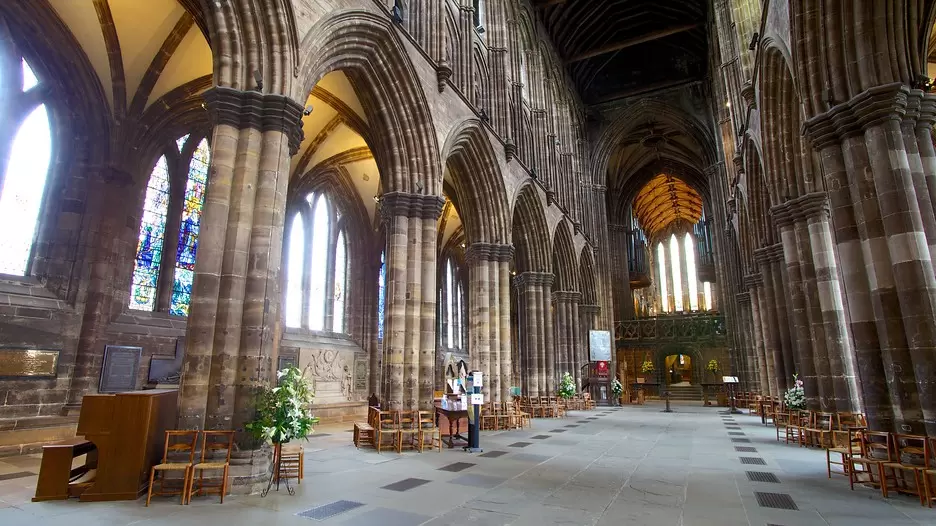
Glasgow Cathedral is one of Scotland's most important historical buildings. The cathedral, built in the 12th century, suffered great destruction during Scotland's Reformation period. However, thanks to restoration work carried out in the 19th century, the cathedral has regained its former glory.
The restoration work was carried out to preserve the cathedral's historical fabric and pass it on to future generations. During these works, the cathedral's original architectural features and works of art were preserved. The restoration work covered both the interior and exterior of the cathedral. In the interior, sections such as the choir, chapel, and pulpit were restored. On the exterior, the cathedral's roof, walls, and towers were restored.
Special attention was paid to preserving the historical fabric of the cathedral during the restoration work. The restoration work covered both the interior and exterior of the cathedral. In the interior, sections such as the choir, chapel, and pulpit were restored. On the exterior, the cathedral's roof, walls, and towers were restored.
The restoration of the cathedral is of great importance for the preservation of Scotland's historical and cultural heritage. The cathedral is one of Scotland's most important tourist attractions and is visited by thousands of tourists every year. Thanks to the restoration work, the cathedral's historical fabric has been preserved and passed on to future generations.
In conclusion, the restoration and preservation of Glasgow Cathedral is of great importance for the preservation of Scotland's historical and cultural heritage. Thanks to the restoration work, the cathedral's historical fabric has been preserved and passed on to future generations. It is important for these works to continue in order to preserve the cathedral's historical and cultural significance.
What are the activities offered for visitors at Glasgow Cathedral?
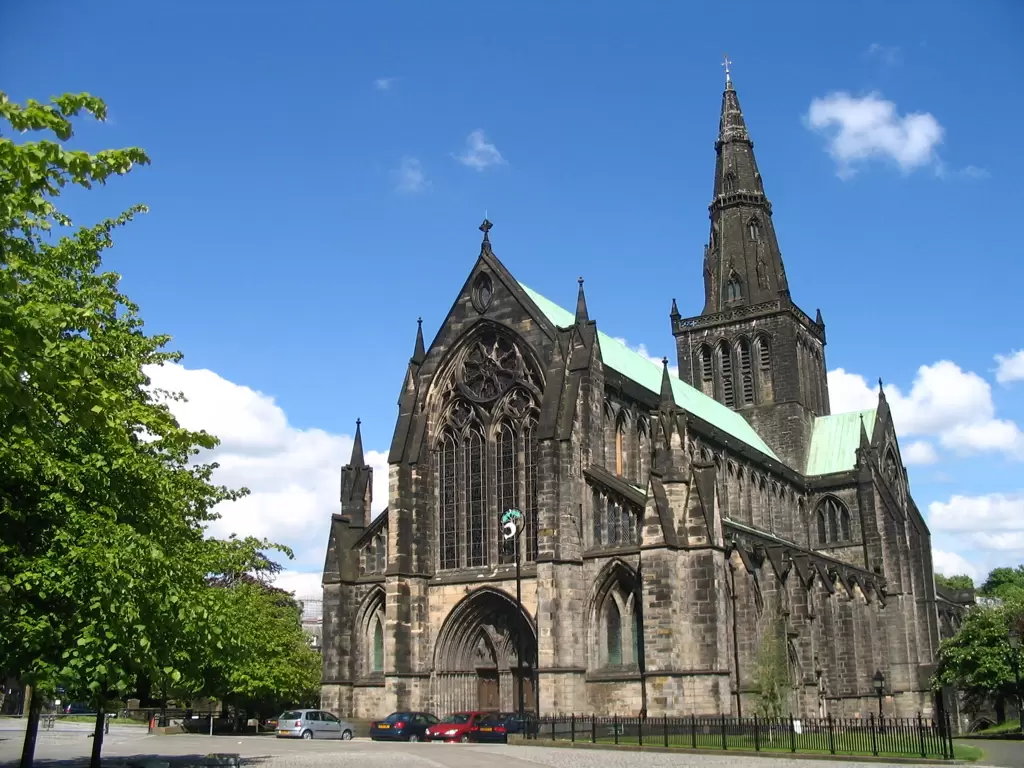
Glasgow Cathedral is one of Scotland's most important historical buildings. This magnificent structure, built in the 12th century, has been visited by many visitors over the years. The cathedral is known as Scotland's largest Gothic church and one of Scotland's most important religious centers. Glasgow Cathedral offers many activities for visitors.
Due to its historical and cultural significance, the cathedral attracts many tourists. Visitors can organize many tours to explore the historical and architectural features of the cathedral. The museum inside the cathedral provides visitors with information about Scotland's history. In addition, concerts, exhibitions, and other events held in the cathedral also attract visitors.
The cathedral garden is a perfect place for visitors to relax and unwind. The garden features sculptures and monuments reflecting Scotland's historical and cultural heritage. In addition, outdoor events held in the garden also attract visitors.
The cafe inside the cathedral is a perfect place for visitors to relax and eat. The cafe offers traditional Scottish cuisine and allows visitors to experience Scottish culture.
In conclusion, Glasgow Cathedral offers many activities for visitors. This magnificent structure, which attracts the interest of many tourists due to its historical and cultural significance, is one of Scotland's most important religious centers. The cathedral is a perfect place for visitors to explore Scotland's historical and cultural heritage.

Comments